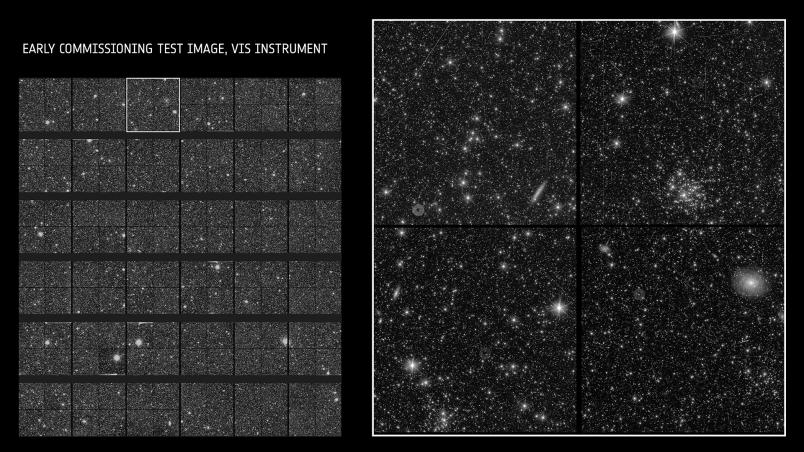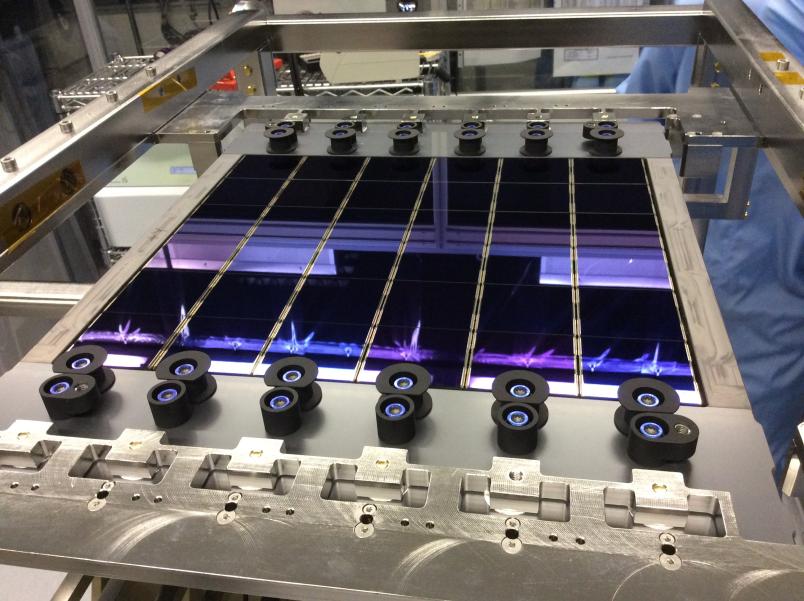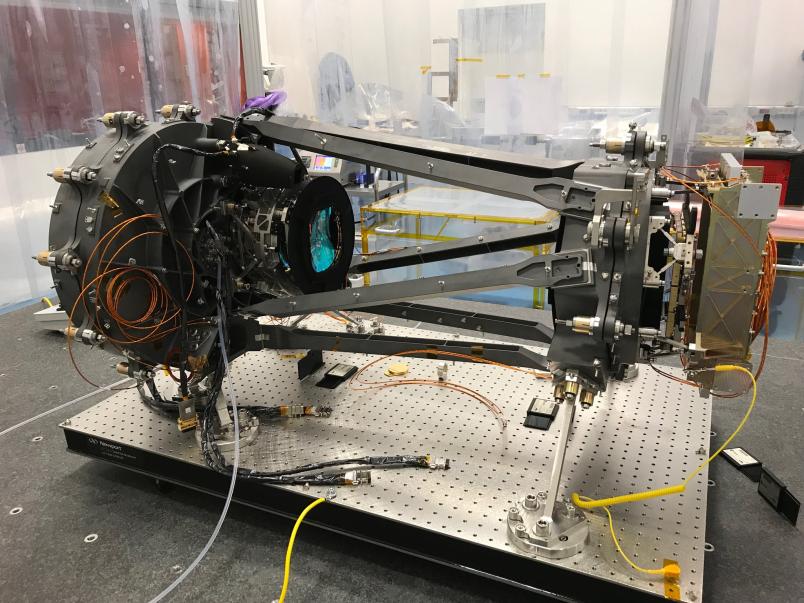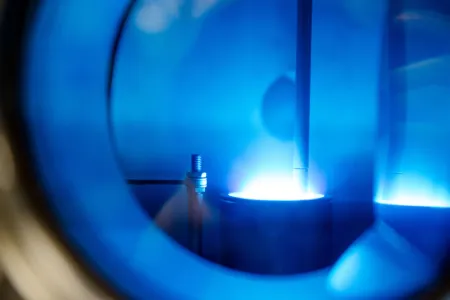
Astronomy
Euclid catches its first glimpse
The new space telescope with strong German participation has delivered its first test images a few weeks after the rocket launch. Ruhr University is participating in the mission.
The space telescope Euclid launched into space on 1 July 2023 and has sent first images to Earth. They already show excellent quality. Euclid has two cameras: the VIS camera provides high-resolution images in visible light. In contrast, the NISP camera measures infrared light and produces images and spectra. With the data from VIS and NISP, the six German institutes of the international Euclid consortium hope to gain insight into the influence of dark matter and dark energy on the structure of the cosmos and to understand the first objects in the early universe. Professor Hendrik Hildebrandt from Ruhr University Bochum participates in the Euclid mission of the European Space Agency (ESA).
Onboard Euclid is the largest imaging plane in the history of science to date. After just a few days, Euclid will have sent more scientific image information to Earth than the Hubble Space Telescope did in its 33 years of work.
Both VIS and NISP provided these unprocessed raw images:


The reactions of the members of the Euclid consortium are enthusiastic. “Although these first test images are not yet usable for scientific purposes, I am pleased that the telescope and the two instruments are now working superbly in space,” says Knud Jahnke from the Max Planck Institute for Astronomy in Heidelberg.
Now the work begins for the engineering and science teams to adapt the settings developed on Earth to the actual space environment and calibrate the instruments. The results will give Euclid’s extensive data processing software the information it needs to compute optimised images of the VIS and NISP instruments and provide scientists with a tool for exploring the dark universe.
Euclid will soon reach its destination
“We are very pleased that the commissioning phase of Euclid is progressing well,” says Alessandra Roy, Euclid project manager at the German Space Agency at the German Aerospace Centre (DLR). “The spacecraft will soon reach its final position at a distance of 1.5 million kilometres from Earth and begin scientific observations. Then Euclid will shed light on the dark side of the universe.”
Euclid will systematically study the influence of dark matter and dark energy on the evolution and large-scale structure of the cosmos for the first time from space. Together, these largely unknown and invisible components of the universe account for 95 per cent of the cosmos. While dark matter determines the gravitational effects between and within galaxies and initially caused the universe’s expansion to slow down, dark energy is responsible for the current accelerated expansion of the universe.
More about the cameras
The German Euclid team


